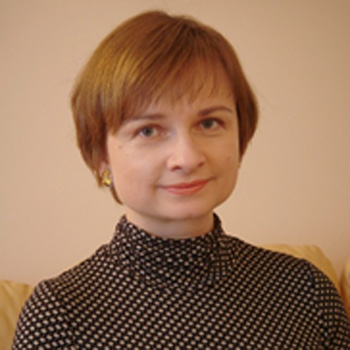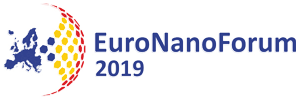Joanna Kargul

Joanna Kargul
Prof. Dr. hab. Joanna Kargul (Associate Professor, Group Leader) is Head of the Laboratory of Solar Fuels at CeNT UW. She obtained a PhD in biological sciences in 1999 from the University of Warwick, UK. Her postdoctoral research conducted in the group of James Barber at Imperial College London, UK led to several discoveries of novel molecular mechanisms of photosynthetic adaptation to changing environment (e.g. dissecting the molecular components of state transitions) and refining the crystallographic structure of the PSII oxygen evolving complex. Habilitation in 2009 from the University of Warsaw. Since 2011 Associate Professor following establishing an independent research group at the University of Warsaw. In 2011 J. Kargul established a node for solar fuels research in Poland and has led several projects on application of extremophilic algal photosystems (light harvesting protein complexes) for construction of biohybrid solar cells and solar-to-hydrogen devices. She has extensive experience and success in leading several national and international grants (e.g. ESF/EuroSolarFuels/Solarfueltandem consortium) as well coordinating the bilateral Polish-Turkish consortium POLTUR/GraphESol which have all been focused on natural and artificial solar energy conversion. Currently, she acts as the Poland’s National Contact Point and Partner of the SUNRISE large-scale research and innovation initiative (https://sunriseaction.com). She serves as the International Ambassador of the Biochemical Society and serves on several editorial and strategic boards of the funding bodies (e.g. IJBCB, J Nanotech, Grants Committee of the Biochemical Society). She holds two Honorary Fellowships from Imperial College London and University College London. She is Senior Editor of Int J of Biochem Cell Biol.
Dr. Kargul’s long-standing research focuses on several fundamental aspects of photosynthesis and the functional role of the photosystems with emphasis on the dynamics of their structure and function, especially under extreme growth conditions. She and her group apply this fundamental knowledge for construction of biohybrid solar-to-fuel devices incorporating photosystems and various conductive and semi-conductive materials (e.g. graphene, silicon, hematite etc.). This highly interdisciplinary research spans structural biology, biochemistry, plant physiology, electrochemistry, biophysics and material science. Google Scholar h-index: 17, >1500 citations w/o self-citations; >60 international invited talks.
Title presentation: “Imitating Nature: Solar-driven production of solar fuels using artificial photosynthetic nanodevices”
The points that I will cover:
- Natural photosystems as inspiration for solar-to-fuel nanodevices
- Main challenges for the artificial photosynthesis field
- Success stories for bioinspired solar fuel production
- SUNRISE large-scale European research and development initiative: mission, objectives and innovative approaches
Speaker of PILLAR 1: NANO for ENERGY, PARALLEL 1.2 – Advanced Materials and Nanotechnologies for Harnessing Solar.
